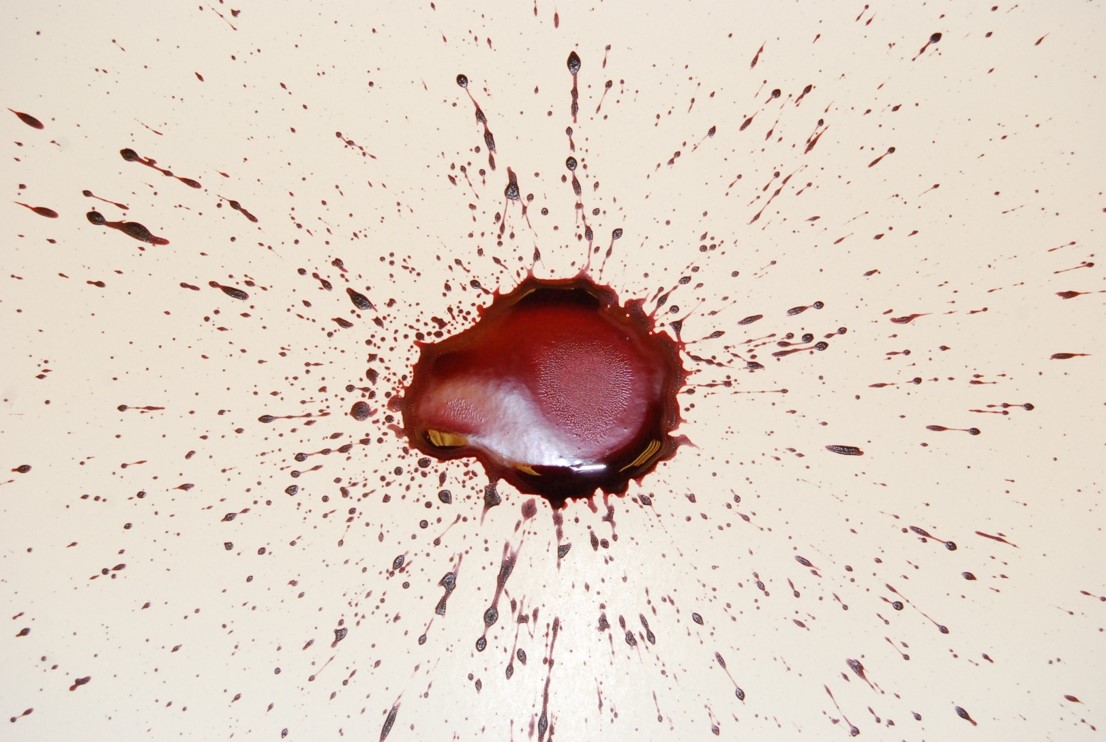Bloodstain Pattern Analysis
The Utah Bureau of Forensic Services (State Crime Lab) announces the reintroduction of Bloodstain Pattern Analysis to its repertoire of forensic disciplines and services. With the completion of her training, forensic scientist Bonnie Wilder-Estes becomes the first qualified Bloodstain Pattern Analyst to represent the Crime Lab in the last 5 years. The Crime Lab is very excited to have the discipline back, and is extremely proud of all of the hard work of the people involved to make this so.
Effective immediately, the Crime Lab will be accepting cases in all areas of Bloodstain Pattern Analysis, including Collection/Documentation, Area of Origin Determination, and Bloodstain Pattern Determination

Bloodstain pattern analysis serves a significant role in answering the question of “what” happened during the commission of a crime. By using methodical and scientific principles, bloodstain pattern analysis helps establish specific events associated with violent crimes. This information will re-create events that support or refute witness statements and will assist the court in determining intent and help the jury to visualize the final moments. Bloodstain pattern analysis can assist in determining the following:
- Location and description of individual stains and patterns
- Mechanism that created the stains
- Direction a blood droplet was traveling
- Area of origin
- Type of object used in attack
- Minimum number of blows
- Presence of a subject at a scene
- Positioning of the victim, suspect and objects during events
- Sequence of events
What is Needed for Bloodstain Pattern Analysis?
Although, not every case will have each of the items listed below. It is imperative to achieve the most accurate and complete analysis that the submitting agency do their best to obtain the following:
- Brief background information
- Examination of the actual scene (if possible)
- Examination of physical evidence
- Photographs of the crime scene
- Photographs of the physical evidence
- Photographs of the autopsy
- Autopsy report
- Serology report
- Crime scene diagram (s)
- Crime scene investigator’s notes or reports
- Responding officer’s notes or reports
- Emergency medical technicians’ (EMT’s) notes or reports
- Any additional forensic reports
